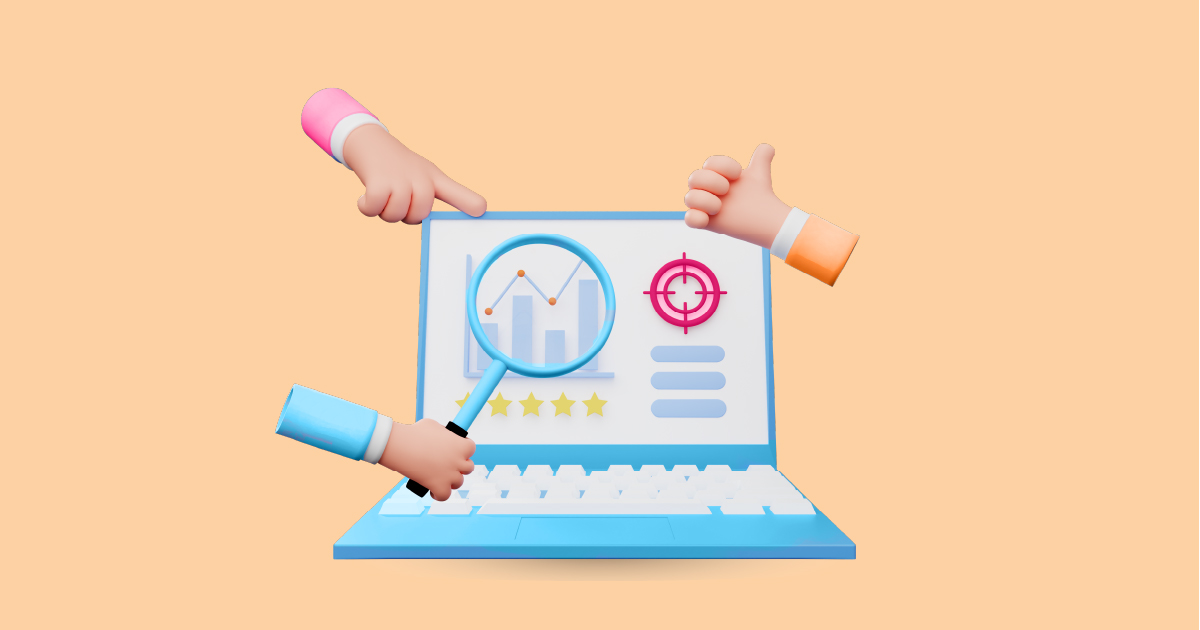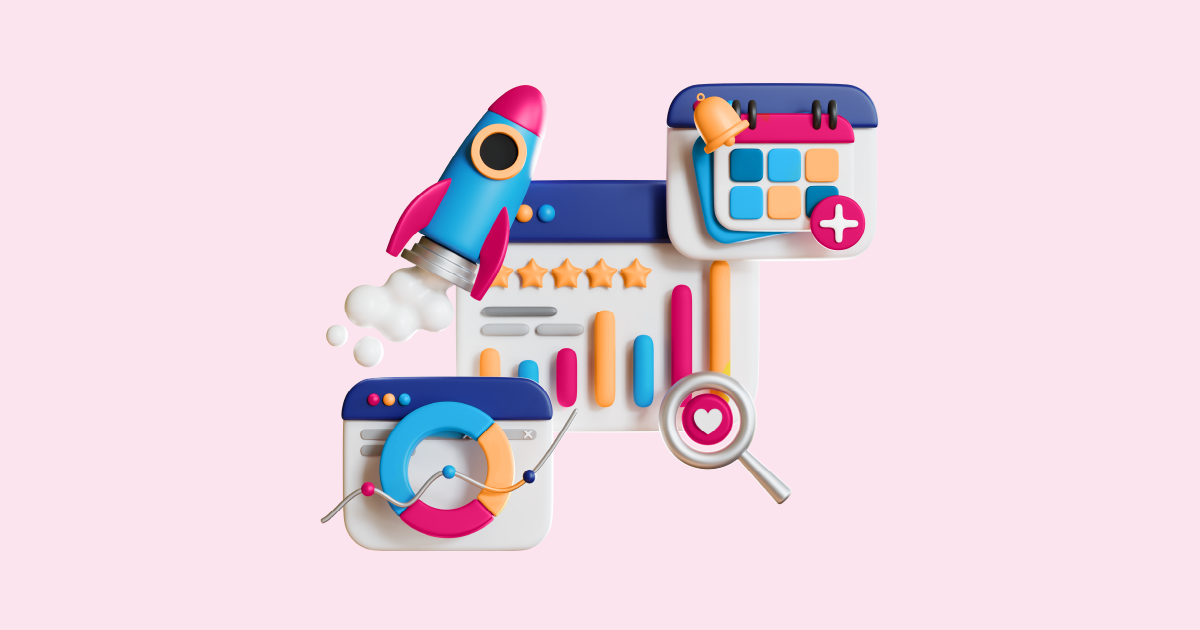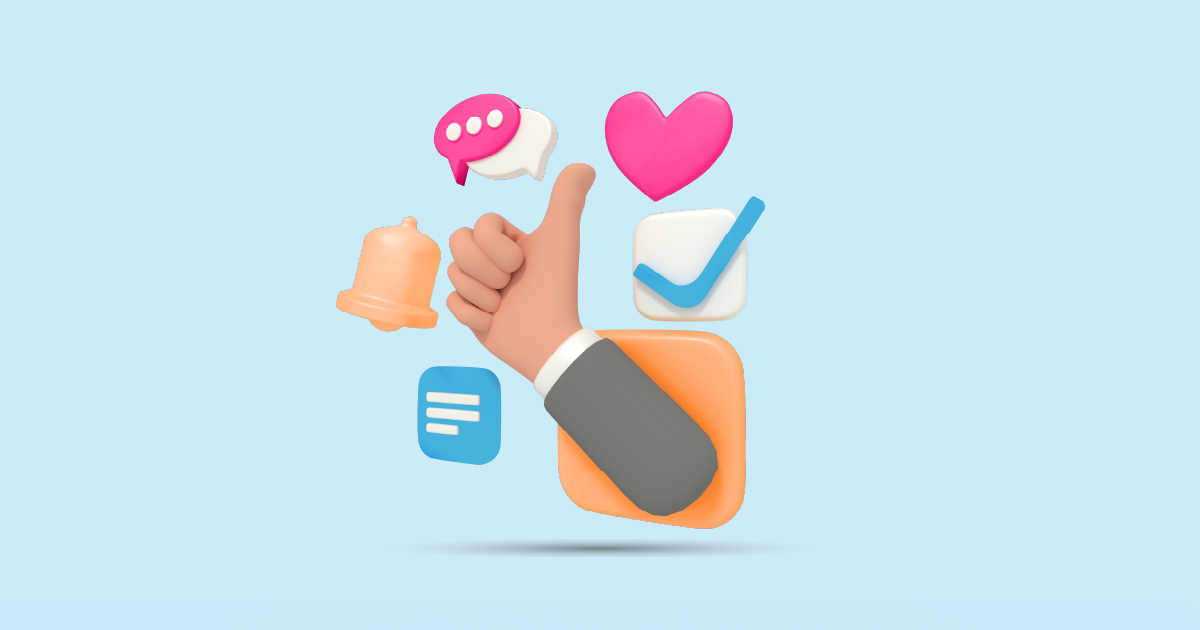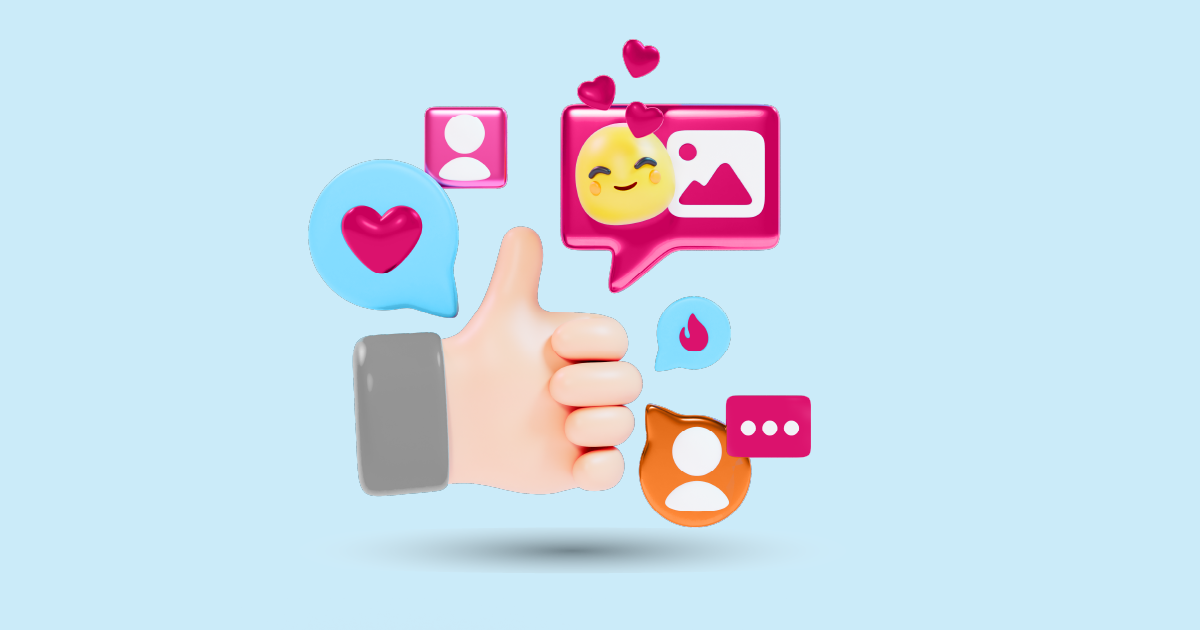In today’s digital-first world, your brand’s reputation can be made—or broken—in a tweet. That’s where social monitoring services step in like a trusty watchdog, keeping an eye on the vast ocean of social conversations. These services aren’t just for big brands anymore—they’re essential tools for any business wanting to stay ahead in 2025.
What are Social Monitoring Services?
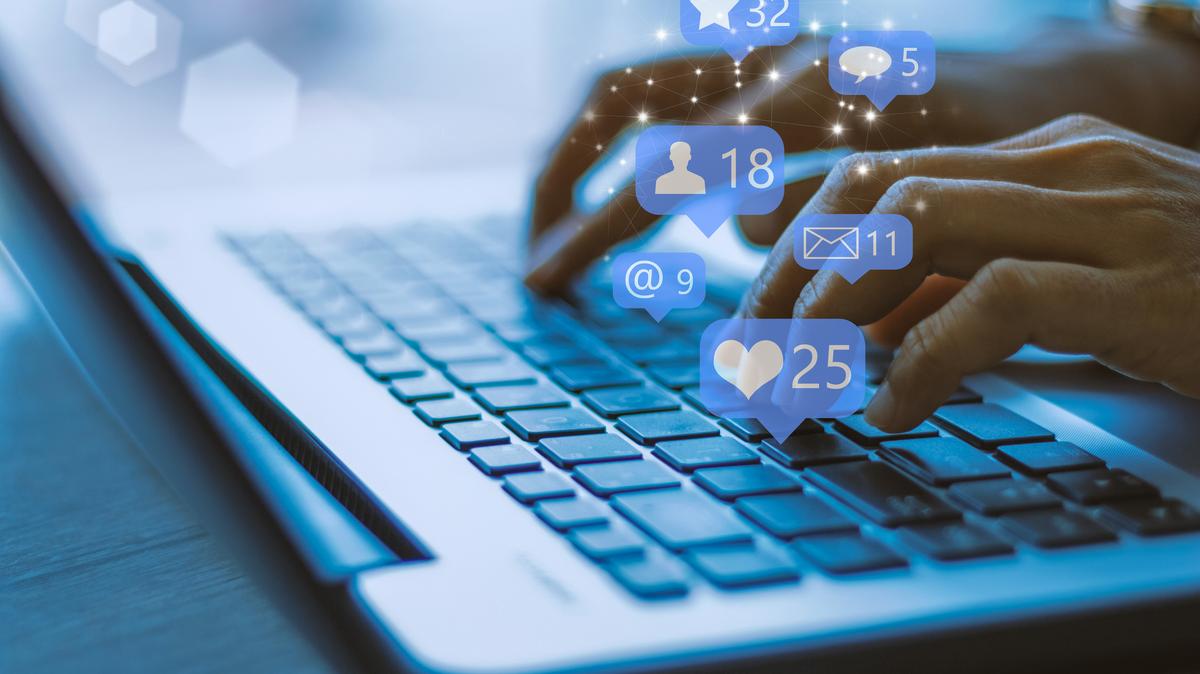
Social monitoring is the process of tracking conversations, mentions, and keywords across social platforms to understand what people are saying about a brand, product, or topic. It’s like eavesdropping on a global water cooler chat—only it’s legal and helps your business grow.
Why Social Monitoring Matters in 2025
In an age where one viral post can impact stock prices, understanding public perception in real-time is crucial. Social monitoring lets you stay ahead of the curve, respond to issues before they explode, and tune into what really matters to your audience.
How Social Monitoring Services Work
The Technology Behind Social Monitoring
1. Natural Language Processing (NLP)
NLP enables tools to interpret human language in social posts. It breaks down sentences to understand tone, context, and even slang. Think of it as the brain behind the software.
2. Sentiment Analysis
This tech evaluates if a post is positive, negative, or neutral. So when someone says “This burger is fire 🔥”, your tool knows they loved it.
3. Real-Time Data Aggregation
Social monitoring services pull data as it happens—from Twitter to TikTok—giving you a live feed of mentions.
Key Metrics Tracked by Social Monitoring Tools
-
Hashtag performance
-
Share of voice
-
Influencer engagement
-
Audience demographics
Benefits
1. Enhanced Brand Reputation Management
Your online image is everything. Monitoring helps you manage PR crises before they hit the headlines.
2. Immediate Crisis Response
Heard someone dragging your brand on Reddit? Social monitoring alerts you in seconds so you can craft a response before it spreads.
3. Competitor Analysis and Industry Trends
Stay one step ahead by tracking what people are saying about your competitors or industry trends.
4. Improved Customer Engagement
By spotting customer questions or complaints in real-time, you can jump in with answers or solutions—hello, loyalty points!
Popular Use Cases
1. For Businesses and Brands
Track campaigns, monitor reviews, and engage customers at scale.
2. For Marketing Agencies
Manage multiple clients’ reputations from one dashboard.
3. For Influencers and Public Figures
Stay on top of what fans—and haters—are saying.
4. For Government and Public Services
Monitor public sentiment during elections, emergencies, or policy changes.
Top Features
1. Multi-Platform Integration
Support for Facebook, Instagram, X (Twitter), LinkedIn, Reddit, YouTube, TikTok, and more? Yes, please.
2. Custom Alerts and Notifications
Get notified instantly when your brand gets a shoutout (or a shout-down).
3. AI-Powered Insights
Tools that suggest action plans based on data? That’s smart monitoring.
4. Reporting and Analytics Dashboards
Visual, easy-to-read reports you can share with stakeholders.
Best Social Monitoring Tools in the Market
1. AIM Insights
Great for real-time tracking with strong sentiment analysis.
2. Hootsuite Insights
Perfect for combining monitoring with publishing tools.
3. Sprout Social
Excellent for deep analytics and team collaboration.
4. Mention
User-friendly with customizable alerts.
5. Talkwalker
Enterprise-grade tool with image recognition and predictive analytics.
Comparing Free vs Paid Social Monitoring Tools
1. What Free Tools Offer
You’ll usually get basic tracking, limited keyword searches, and a restricted history.
2. Limitations of Free Tools
Expect caps on users, platforms, and reports. Plus, no advanced features like sentiment analysis or deep reporting.
3. Value of Premium Plans
With paid tools, you unlock richer data, better support, integrations, and features that actually move the needle.
Setting Up Your Social Monitoring Strategy
1. Define Your Objectives
Are you monitoring for brand health, campaign performance, or customer feedback?
2. Choose the Right Tool
Pick one that fits your goals and your budget.
3. Select Your Keywords and Hashtags
Use brand names, competitors, products, campaigns, industry buzzwords, etc.
4. Assign Roles and Responsibilities
Make sure someone’s in charge of responding and analyzing—don’t let insights collect digital dust.
Common Mistakes to Avoid
1. Monitoring Without a Goal
Tracking everything without a reason = data overload.
2. Ignoring Sentiment Context
Not every negative word is bad. “This horror movie was terrifying!” is actually good.
3. Not Acting on Insights
Data means nothing if you don’t do something with it.
Future Trends
1. AI and Predictive Analytics
Imagine your tool telling you what’s going to trend next week. That’s where we’re headed.
2. Voice and Video Content Tracking
Monitoring isn’t just about text anymore—tools are starting to pick up on spoken content too.
3. Integration with Customer Data Platforms (CDPs)
Merging social insights with customer behavior = marketing magic.
Conclusion
In 2025 and beyond, social monitoring services are no longer optional—they’re essential. Whether you’re a brand, an agency, or just someone trying to stay relevant, these tools give you a digital ear to the ground. With the right strategy and tools in place, you’ll not only survive the social media chaos—you’ll thrive in it.
Ready to see the power of social monitoring in action?👉 Request a personalized demo from AIM Technologies today and discover how real-time insights can elevate your brand strategy, protect your reputation, and uncover new growth opportunities.
